Maurizio Tomazzoni, Sandra Vecchietti, INU
Energy increasingly appears to be a fundamental element for ‘advanced’ societies, as necessary in every area of development as in everyday life. Societies today, and in particular cities, are entirely dependent on energy, and any blockage of energy blocks the very life of the community. Today and increasingly, all primary resources and water itself depend on energy. The ongoing wars, in particular the war in Ukraine, show how it is not the water sources or the agricultural fields themselves that are affected, but the energy supplies that enable the very utilisation of primary sources. The response to the constant increase in the demand for energy together with the need to link energy production to the ecological transition has meant that energy production from renewable sources is developing exponentially but without territorial direction, so that ‘sector plans’ prevail entirely over territorial and even urban planning.
National directives are predominantly of a technical and regulatory nature, often conditioned by the need for supply in the face of steadily increasing demand, so that land-use considerations, or visual impacts or electromagnetic pollution, are not sufficiently evaluated. Energy from hydroelectric, photovoltaic or wind power or other experiments not only have a visual impact on the land, but also pose problems for habitability, agricultural land use, and cable crossings even in natural or protected areas. With the energy communities that are already being experimented with, there is the possibility and capacity for them to become autonomous (islands) and thus somehow disengage from the energy transport network, and consequently influence the land occupation that wind or photovoltaic power would require in order to supply energy to an entire country or community. However, communities have no influence, from a planning point of view, on connection projects and grids, i.e. on energy management, for large operators impose technical and regulatory standards that basically meet the criterion of best economy-efficiency.
The issues of energy production through photovoltaics and wind power, which from the point of view of landscape transformation are today the most impactful, are joined by that of hydroelectric energy production, which today, however, appears to have reached a limit, since large-capacity energy production involves the use or formation of high-capacity networks and their cables and pylons, which cross not only cities or villages on the valley floor, often conditioning their growth, but also uncultivated territories, forests, etc., which in fact have characterised many territories and still condition the landscape. This represents the other aspect of energy management and the need for utilisation, and concerns uninhabited territories and land use that has never been considered until now. It concerns aspects of pollution, land use, fragility and vulnerability.
PROGRAM
Introduced and coordinated by
Giorgio Tecilla, former director of the Landscape Observatory of the Province of Trento
“Energy and ecology, land use of new energy sources”.
Luigi Spagnolli, Forestry Agronomist, former Mayor of Bolzano, Senator
“Hydroelectricity, storage and multi-use of the resource: the challenges for the future in water management”.
Alberto Pinter, Autonomous Province of Trento – Head of Technical Administrative Plant Development – Hydro Dolomiti Energia Srl – Trento
“Energy planning”
Giuseppe Milano, INU Puglia
“Mapping of areas suitable for photovoltaics in Trentino”.
Massimo Plazzer, Agenzia Provinciale per le Risorse Idriche e l’Energia Study and Planning Office for Energy Resources of Trento
“The situation in Tuscany”
Monia Monni, Tuscany Regional Councillor for the Environment
“The situation in Sardinia”
Alessandra Casu, University of Sassari
“Conclusions. The landscape of networks”
Maurizio Tomazzoni, INU Trentino
Italiano
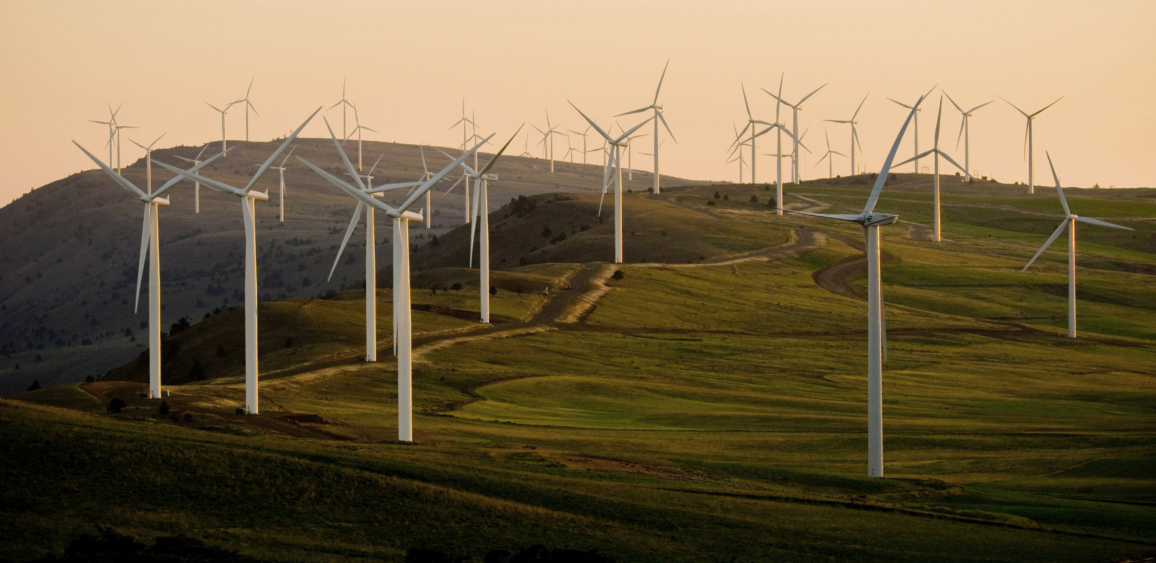
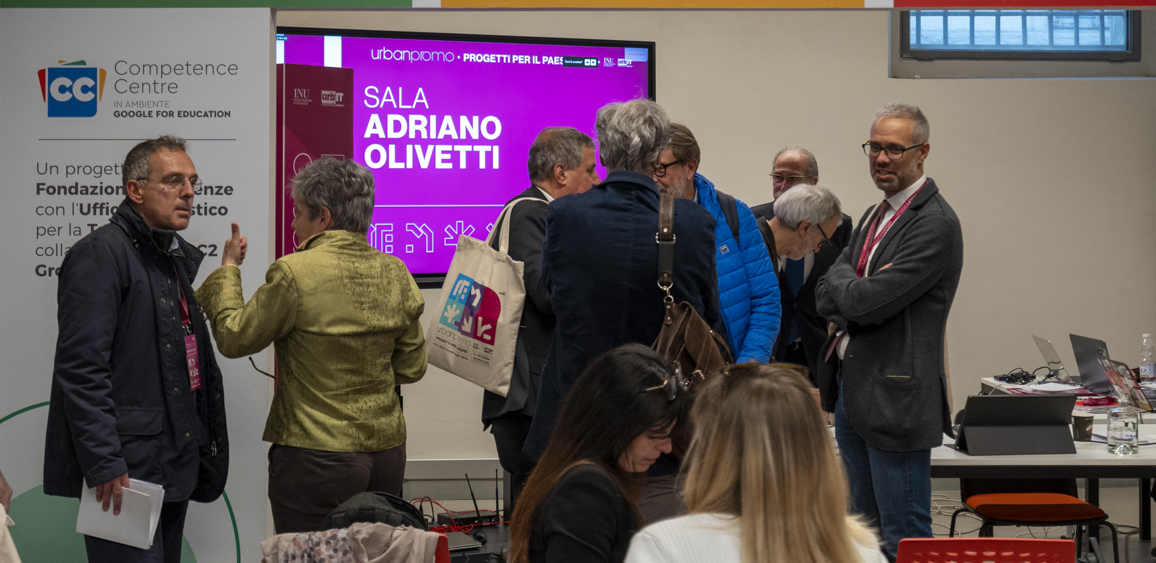






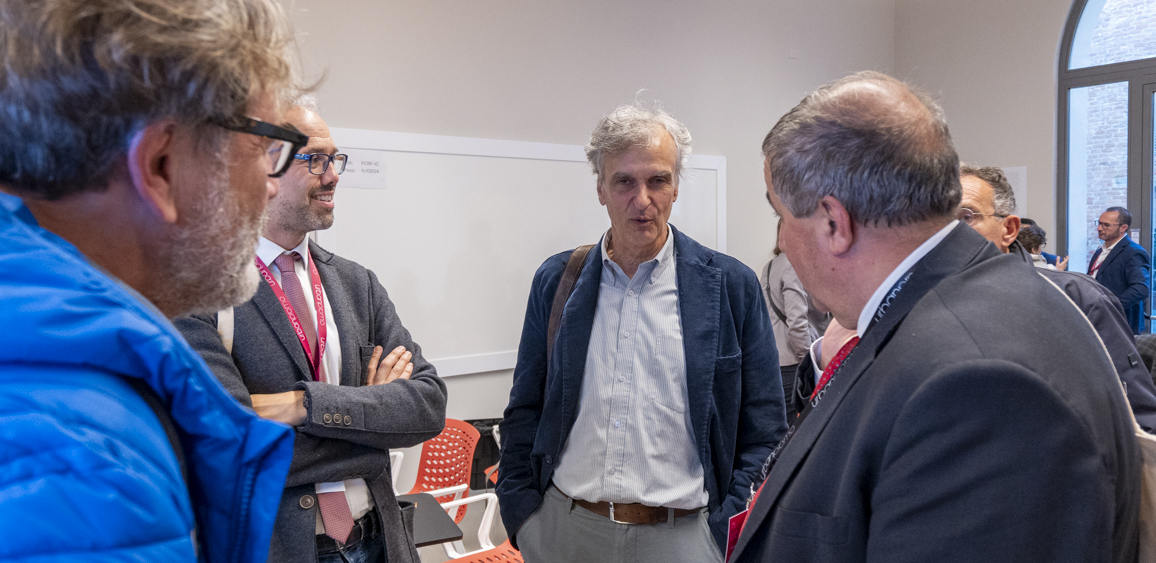
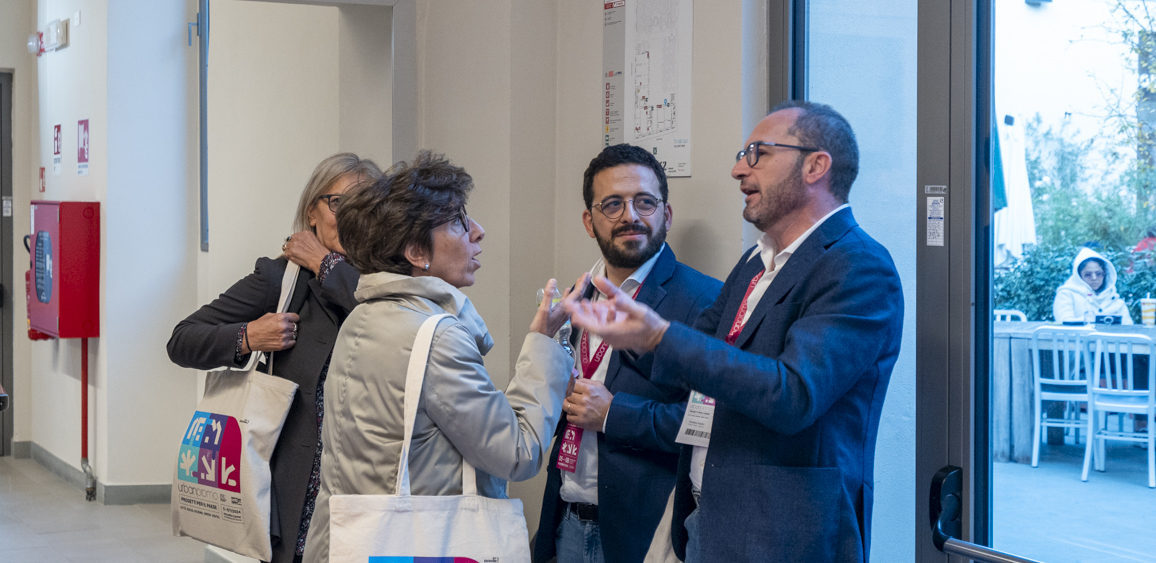


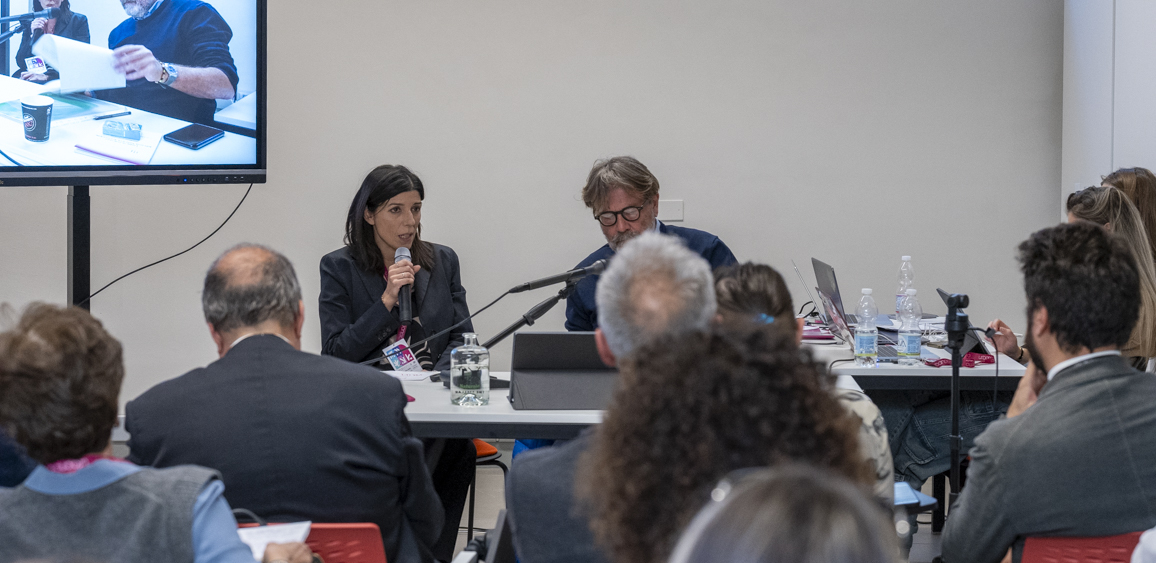
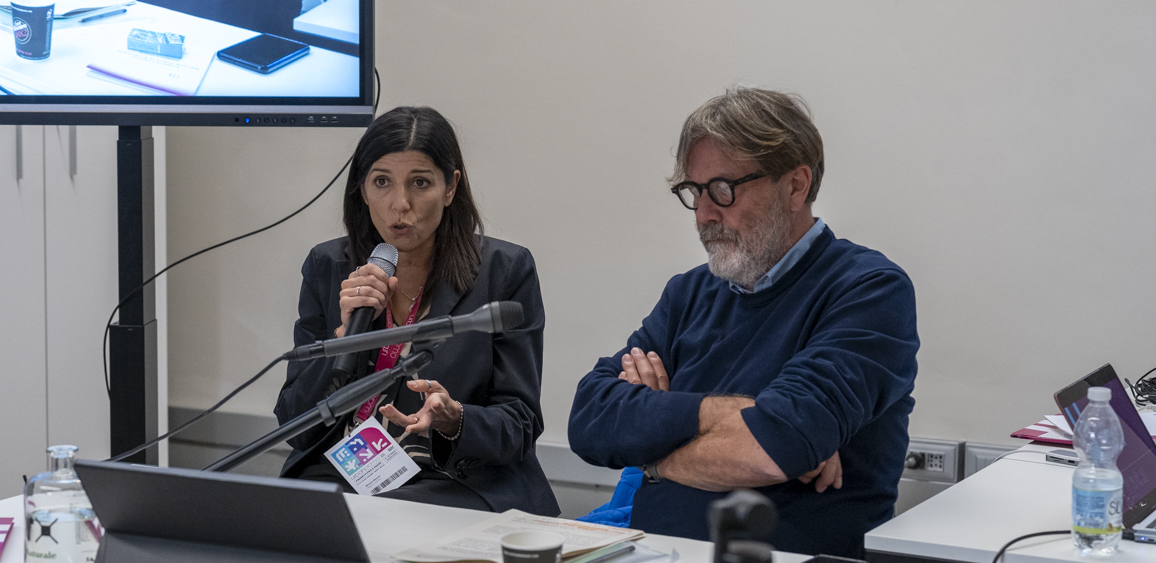
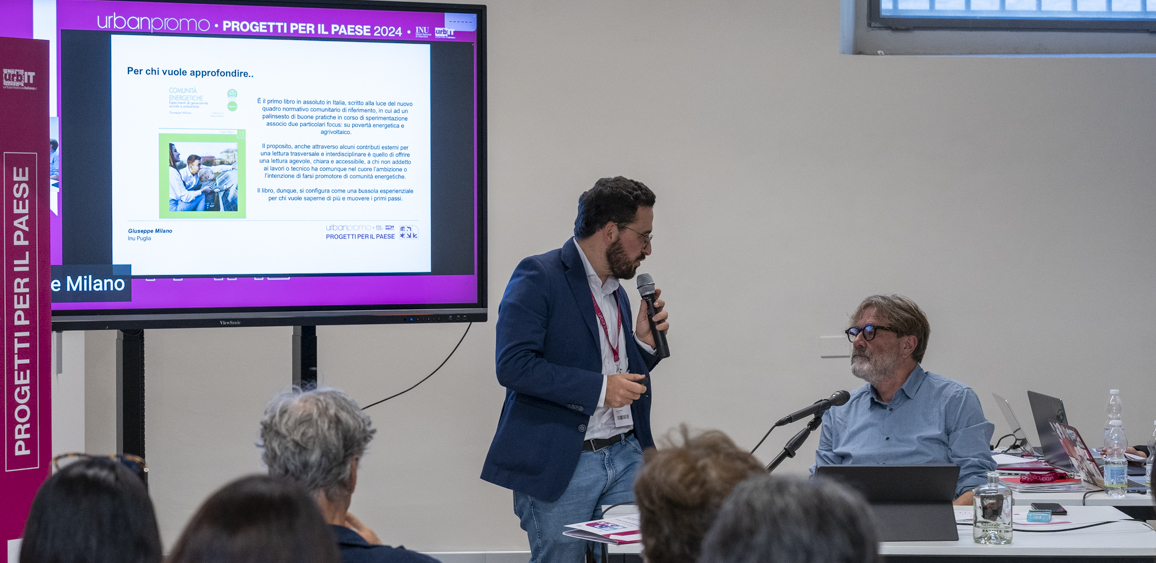
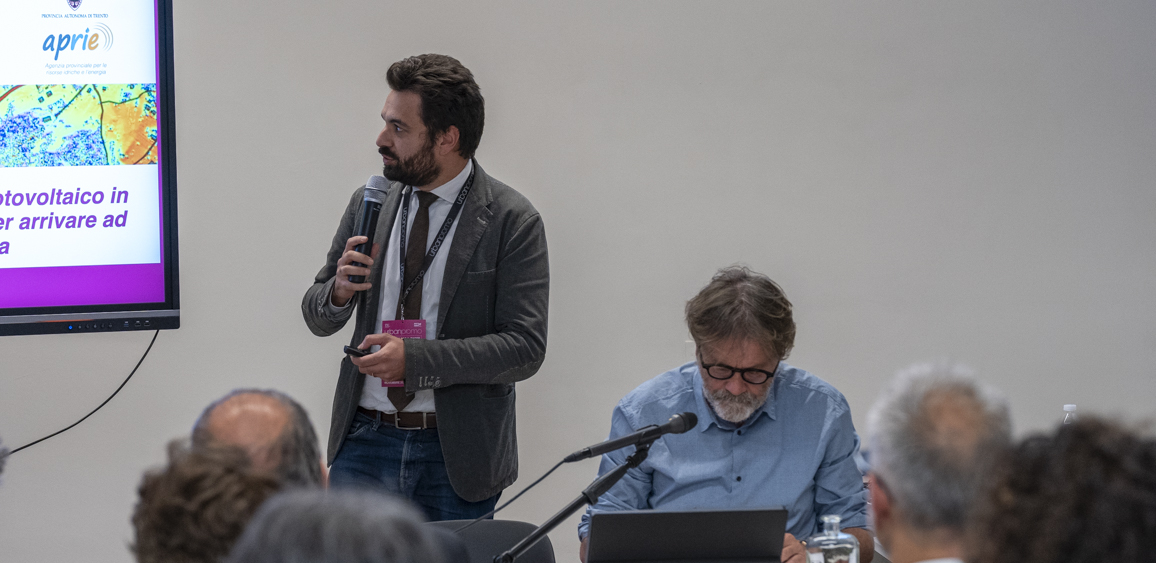
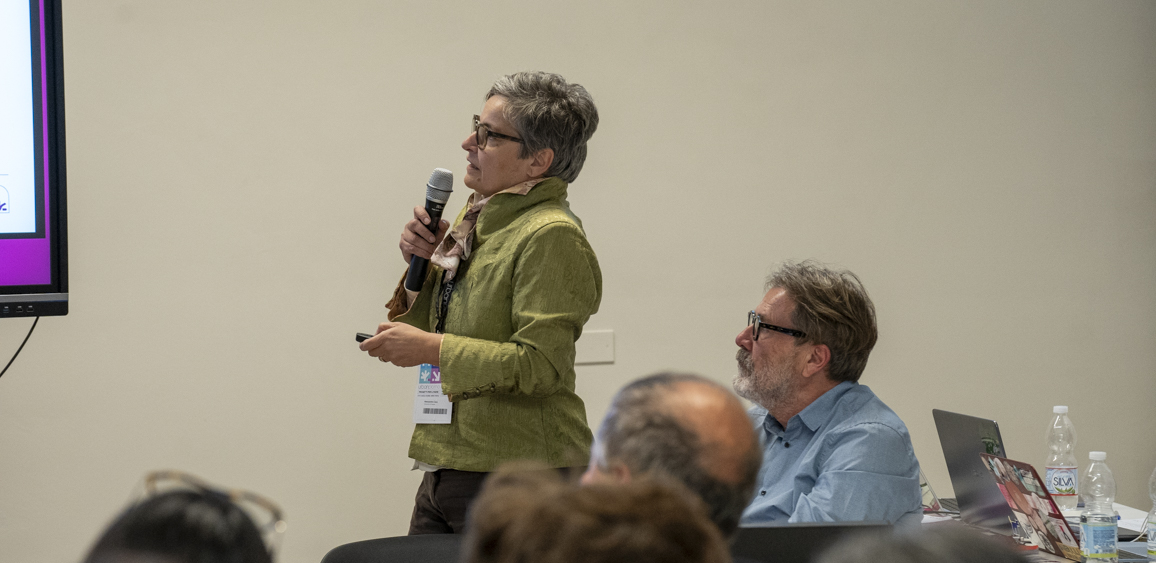

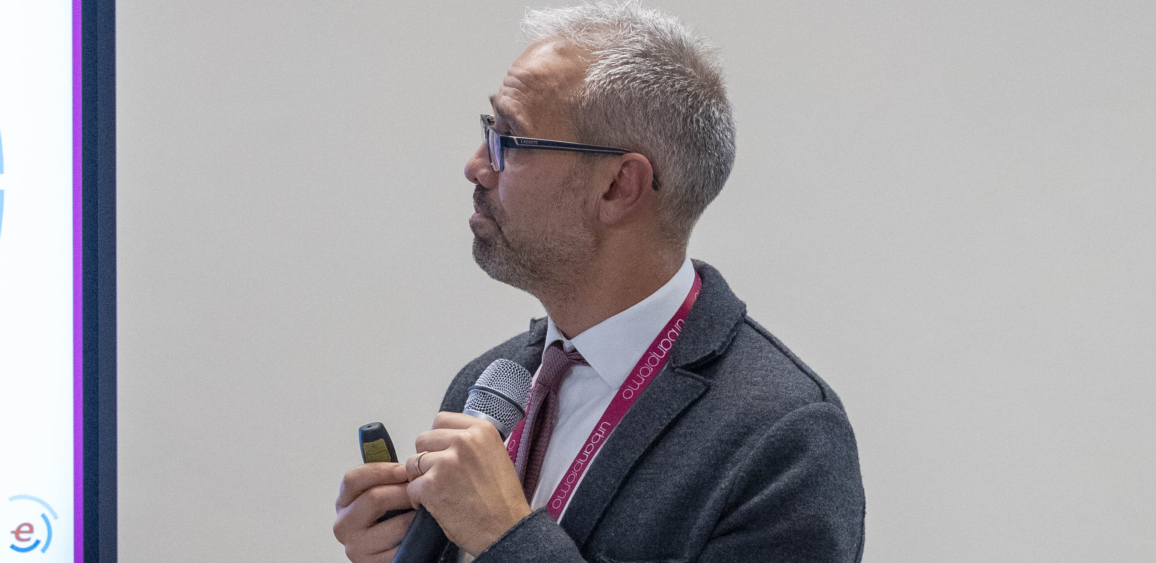



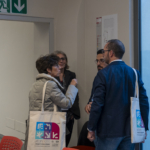
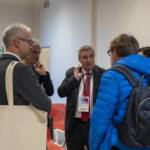
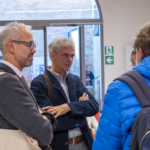
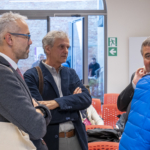
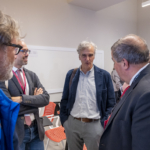


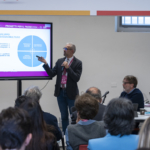
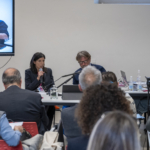
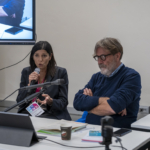
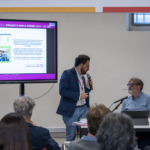
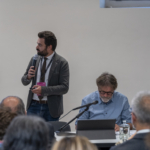
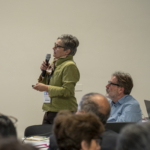


Contributions